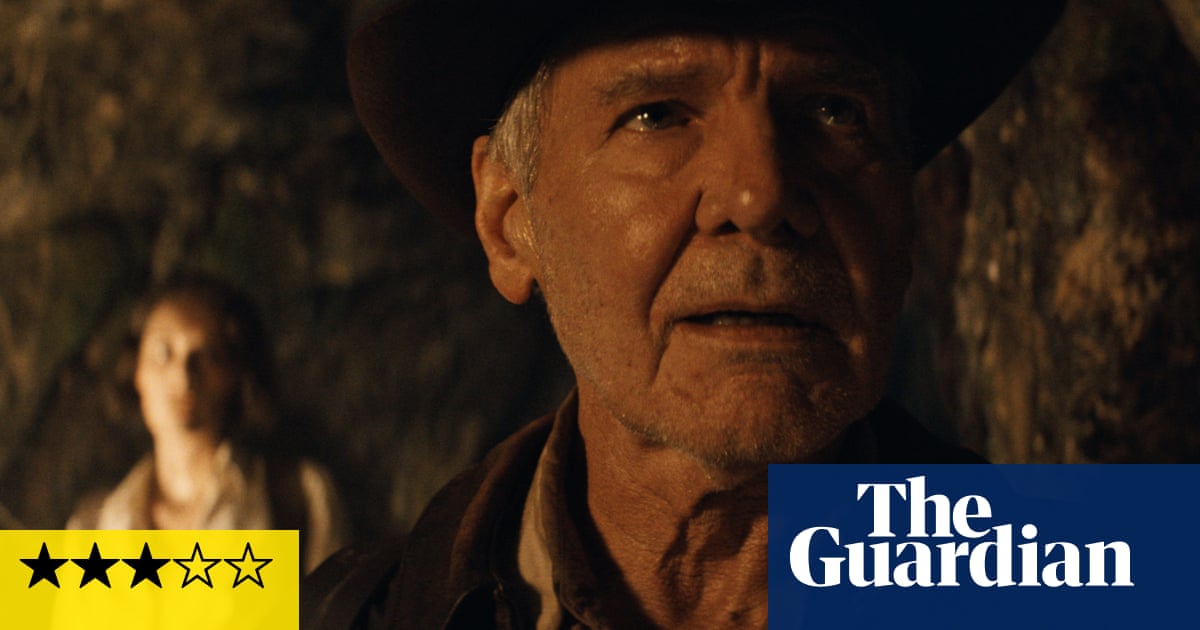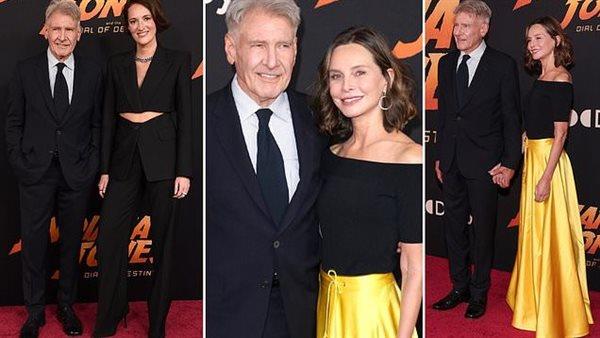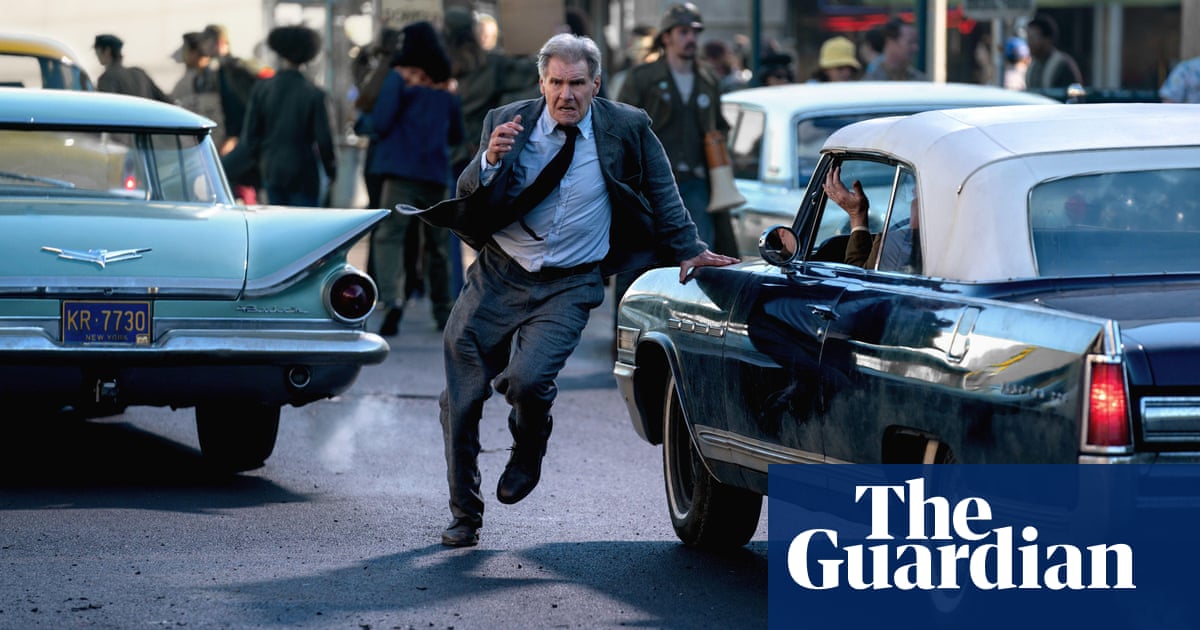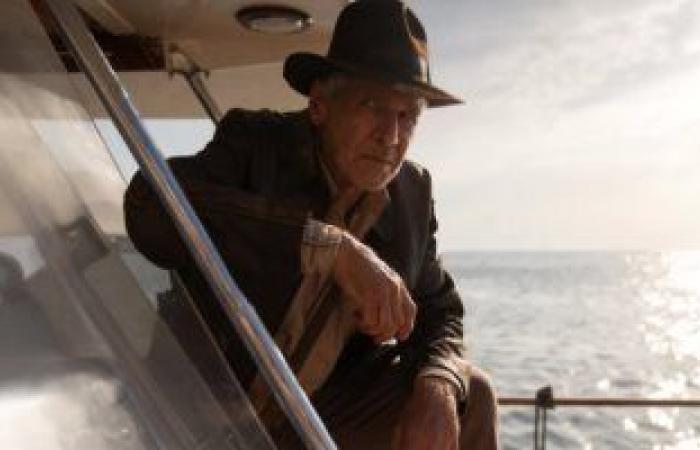
iana Kennedy has written nine cookbooks. The first, The Cuisines of Mexico, was published in 1972, is several hundred pages long, and has been widely credited with introducing traditional Mexican cooking to the English-speaking world.
Kennedy is 97, white, and English – hardly the ingredients you’d expect to make up a leading authority on Mexican food, but sometimes ingredients surprise you. She lives in the hills of Michoacán, four hours west of Mexico City, on a piece of land she bought decades ago. In culinary circles she is adored. The Mexican chef Gabriela Cámara describes her as “a legend”. Here’s the restaurateur Nick Zukin: “She is a prophet for Mexican food.” And the chef Rick Bayless: “She’s an incredible repository of knowledge.” And Pati Jinich, host of the Emmy-nominated TV series Pati’s Mexican Table: “I think Mexico, as a country, will be eternally indebted to her efforts.”
These quotes appear in a new documentary, Diana Kennedy: Nothing Fancy, by the filmmaker Elizabeth Carroll, which charts Kennedy’s remarkable life. For years, Kennedy has travelled across Mexico – from Chihuahua, in the north, to Yucatán, near the borders of Guatemala and Belize – in order to document its food culture, always with a sense of where she planned to go, but never entirely sure where she might end up. (“The important discoveries in my life have always happened by chance,” she has said.) When she arrived in a new town, she would visit its food market, and she’d ask the people she met there where they came from and what they liked to cook and how and which ingredients they used. Were they local? Were they imported from another state? Were they farmed or foraged? Later in life she roamed the country in a pickup. (“I wish my trucks could speak out some of the experiences they’ve been through with me.”) But when she first arrived in Mexico she travelled by bus, “with all the chickens and the pigs”, moving from village to village, region to region, taking great interest in the way food was cooked, the specificities of the recipes to which she was being introduced. She asked question after question. What were the local chillies? What were the local fruits? What were the local herbs? She touched. She tasted. She inhaled – fragrances as well as knowledge. “Anything to escape,” she says in the documentary, “and to learn.”
Whenever possible, Kennedy would visit somewhere she had never been before, spending nights in the truck or, when the weather allowed, a hammock. She usually travelled alone. Sometimes she carried a tape recorder, sometimes a pistol. Nothing stopped her; her determination was unyielding. She would drive hundreds of miles in order to check a single fact – an ingredient, an exact measurement. In the foreword to The Cuisines of Mexico, the late food writer Craig Claiborne, a close friend of Kennedy’s, wrote, “If her enthusiasm were not beautiful, it would border on mania.” She travelled compulsively, and she was always forthright and urgent, perhaps a little intrusive. “I wanted to know where people lived. I wanted to learn what the landscape looked like. I wanted to know more.” But people always responded generously. They were fascinated by her fascination. So they invited this odd Englishwoman into their kitchens, and she would stay for hours, or days, or even a week. “I felt at home immediately,” she says, “wherever I went.” She would record recipes faithfully – the specific ingredients and the precise measurements – and return to Michoacán, laden with local specialities, to recreate them at home. Whenever she published a recipe, she always mentioned where it came from, and the woman who had shared it with her.
Kennedy first arrived in Mexico in 1957. She was born in Loughton, Essex, in 1923. After the Second World War she travelled to Jamaica, invited by a friend and “propelled by lots and lots of hormones”, and then, impulsively, to Haiti. She landed during the revolution, along with several newspaper correspondents, including Paul Kennedy, a reporter with the New York Times. Paul was based in Mexico City. When he returned, Diana followed, “and then began this absolutely fascinating time in love” – with Paul, and then with the country that was now home. They married, and each time Paul left on a reporting trip, Diana left to explore her new world.
Paul died in 1967, in New York, where they’d gone so he could receive treatment for prostate cancer. In Manhattan, Diana felt out of her depth. She didn’t know anyone. She was suddenly forced to hustle. She was “terrifically depressed”. Claiborne, the food writer, suggested she teach Mexican cooking, an idea she at first thought was crazy, but soon she was holding lessons in her apartment, “six people in my little galley kitchen, cooking really traditional food. There was a dress designer, there was an actress. And here I was, teaching them how to make papadzules. I mean, hardly anyone in Mexico knew how to make papadzules. It was fun. It was a start.”
Later, an editor at Harper & Row suggested she write a cookbook, which became The Cuisines of Mexico, and that’s when the work really began. Other cookbooks followed – cultural studies, really – and then appearances on cooking shows (Martha Stewart adored her) and then cooking shows of her own. In front of a camera she was formidable: eager to share what she’d discovered in Mexico but also slightly protective of it, and always straight-talking, almost to the point of rudeness. She would growl things like, “People say they don’t like cilantro. Please don’t invite them!” Or, “Get some texture into your food. We don’t want baby food all the time.” Or, “You might not have a molcajete” – a Mexican mortar and pestle, made of volcanic rock – “so buy one!”
But the real work, the work she adored, was the travelling, using food as a way into people’s lives – a “doctoral thesis performed in real time, in real life”. She made the Michoacán house her base. She didn’t remarry. She never wanted children. (“I don’t want to bring up a little me. Can you imagine?”). Instead, she gave herself to work. Carroll describes her as “an anthropologist of food” who “happens to be a killer cook”. She has received heaps of awards, including the Order of the Aztec Eagle (big in Mexico), and a James Beard Foundation Award (big in food land). In 2002, Prince Charles visited Kennedy at her home to appoint her an MBE, for “furthering cultural relations between the UK and Mexico”.
Do these things matter to her? It’s not clear. But legacy is important. In a scene from the documentary, Carroll films Kennedy running a cooking camp at her home. Some of the students are accomplished chefs. One owns three restaurants in Manhattan; another has five in Portland. But Kennedy is undaunted. At one point she moans: “It is absolutely appalling that Mexico is importing chillies,” and admonishes chefs for not taking a stand. Later she half-shouts:“Learn, learn, learn. Read my books and learn. What are you going to do when I’m gone? Who is going to start screaming?”
It’s a pressing question. Carroll filmed Kennedy over the course of six years, starting in 2013. “When we first met her she was 91, running circles around us,” Carroll says. “She was like, ‘Get up, let’s go to the market.’ And we were like, ‘This woman is three times our age!’” But by the end of filming, Kennedy had slowed, “and you could see it was frustrating for her – that it’s not the strength and energy she’s been used to her whole life.” When she spoke at a conference in 2013, Kennedy said, “I am 90, so everybody gets very nervous, you see, that I’m not going to be around much longer. So you’ll want to hear all my complaints while I’m alive.” Recently those complaints have involved sustainability. “We live in such a diverse world,” she says, “and our education is so poor. How many kids at school realise how many insects there are? Millions and millions of different types, each playing their part in this marvellous universe.”
I was due to speak with Kennedy over the phone, but the call was delayed, and eventually cancelled. She is 97 now. Perhaps she has done all the talking she needs to do. Her legacy is assured. Her cookbooks are still in print. She is beloved by chefs, including José Andrés, who calls her “the Indiana Jones of food”. But “it’s not just rushing in, getting a recipe and coming out,” Kennedy says. “It’s recreating it in your own kitchen. How do you express this recipe so that people can do it, so that it won’t be lost? God knows I tried.” She adds, “You can’t win them all. You just go on doing what you know you want to do, and at some point the tide will turn and you make your mark, or you may not… I’m very honoured the way so many people do look at my books and appreciate what I’ve done. That’s all you can hope for.”











